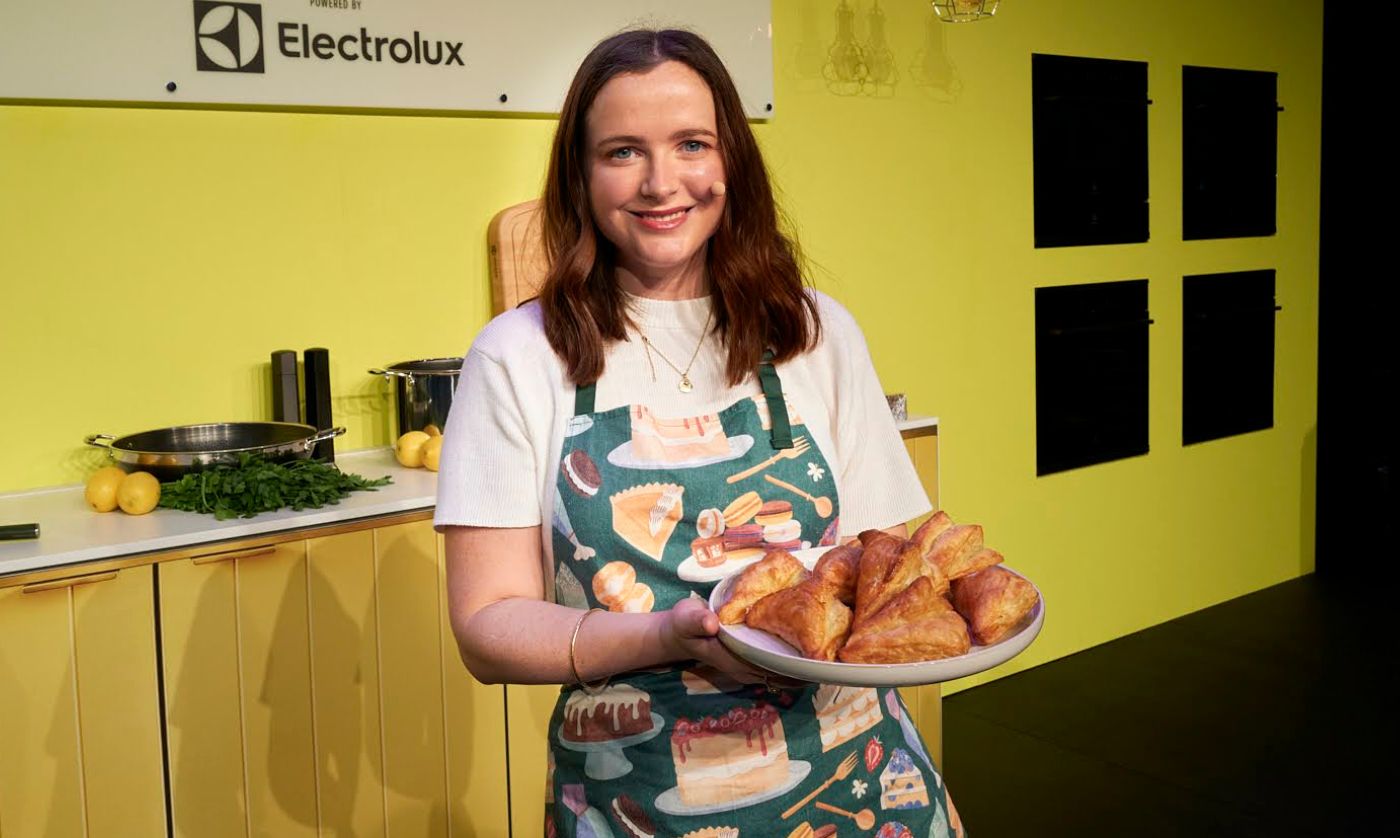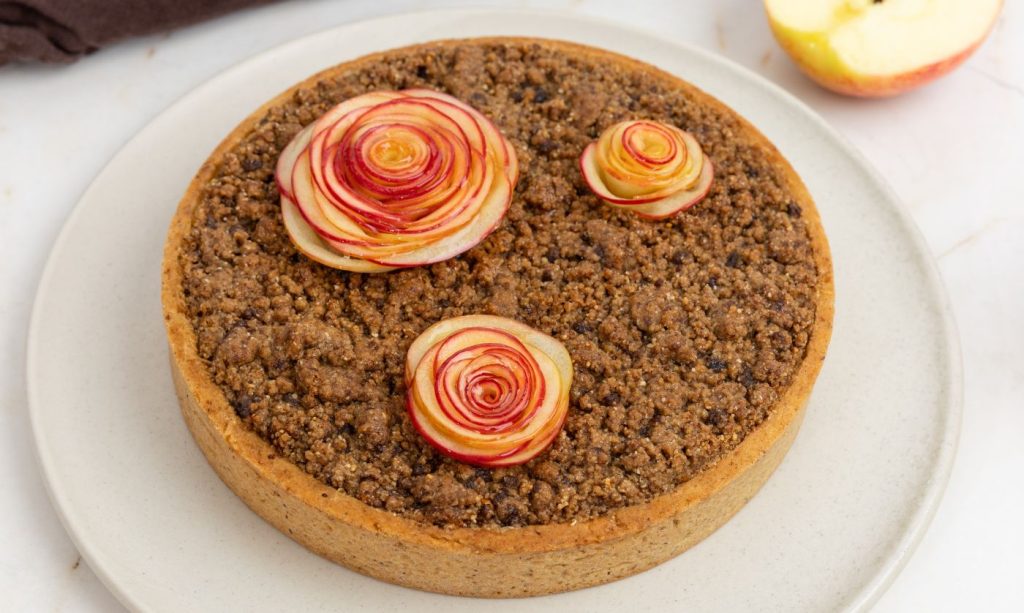Modern Indian
Published 20 Feb, 2015With a melting pot of cultures, Australia has a strong heritage of re-imagining traditional cuisine into fresh, modern dishes.
The Aussie food scene is great at taking favourite flavours that are already amazing and reinventing them into something even more delicious to suit our ever-evolving palates.
Most recently, we’ve seen the rise of modern Vietnamese, with trendy Pho bars popping up on what seems like every corner, and Korean BBQ,, transformed into a fresh, casual dining experience.
Now chefs, restaurateurs, and critics alike are predicting that Indian will be next to see a modern makeover. And why wouldn’t it?
Indian food offers such an incredible plethora of flavours and cooking styles, from creamy coconut curry in Kerala to tandoori in Punjab and spicy chutneys in Andhra. Yet in Australia, our version of Indian has remained largely untouched for decades. Now don’t get us wrong – we would never turn down a classic butter chicken, but Indian fare certainly has more to offer than just the humble curry.
In 2015, expect to see traditional Indian flavours and ingredients transformed through modern cooking techniques and presentation. Within the high dining scene, it will largely be influenced by our love of seasonal and locally-grown produce, but don’t be surprised to see slightly more unusual trends such as molecular gastronomy play a part as well – think deconstructed saag paneer with a spinach foam.
On the other end of the spectrum, anticipate Indian street food to dominate the casual dining experience with bite-sized morsels served across trendy bars and at pop-up festivals.
There are already a few innovators in Australia serving a fresh take on Indian flavours. Highly acclaimed Tonka in Melbourne describes its menu as ‘Australian Indian’, plating up Bengali baked fish, Rajashani duck and soft-shell crab pekoras.
‘We use Indian flavours and techniques, while showcasing the amazing fresh produce Australia has to offer. The food is not tricked up, almost rustic in some parts, but we keep it light and fresh’, explains executive chef Adam D’Sylva.
Cooking Indian at home can sometimes be daunting because even simple dishes often appear to have complex recipes. However, most dishes only consist of a few core ingredients and a blend of spices, so a well-stocked spice cupboard can make it a lot less scary. We suggest mastering a few basic recipes and cooking techniques first, and once you understand how the flavours work together you can start to get a bit more creative with your own modern masterpieces.
RAJASTHANI DUCK
Thanks to Adam D’Sylva from Tonka Restaurant, Melbourne. “At Tonka, this dish is served topped with Shaw River buffalo curd. If you can’t get buffalo curd, use yoghurt instead – the tang of either is a contrast to the richness of the curry sauce,” says D’Sylva.
Ingredients
- 700 ml Healthy Boy soy bean sauce (see note)
- 220 gm (1 cup)caster sugar
- 1 tsp crushed white peppercorns
- 8 duck Marylands (about 200gm each)
- 400 ml coconut milk
- 3 kaffir lime leaves
- 1 long red chilli, halved lengthways
- 1 lemongrass stalk, bruised
- 30 gm (1 cup) dried Kashmiri chillies (see note)
- 60 gm garlic cloves (about 20) coarsely chopped
- 70 gm (1/3 cup)finely grated ginger
- 50 ml each mustard oil and olive oil
- 1 kg Spanish onion (about 6), thinly sliced
- 10 cloves
- 4 star anise 1cinnamon quill
- 200 gm Indian-style yoghurt (see note)
- 100 m lwell-shaken buttermilk
To serve:
- buffalo curd or yoghurt
- thinly sliced cucumber, coriander sprigs, mint sprigs and watercress sprigs
- roti
Method:
- Combine soy bean sauce, sugar and crushed white peppercorns in a nonreactive container, add duck and coat well. Cover and refrigerate overnight to marinate.
- Preheat oven to 150C. Pour coconut milk into a roasting pan large enough to hold duck in a single layer, add lime leaves, chilli and lemongrass. Remove duck from marinade (discard marinade) and place skin-side up in coconut mixture. Roast until browned and flesh pulls back from the leg bone (1½ hours).
- Meanwhile, soak dried chillies in a bowl of cold water until softened (40-50 minutes), drain and process in a food processor to a smooth paste (and a little water if necessary), set aside.
- Process garlic and ginger in a food processor to a smooth paste (adding a little water if necessary), then set aside.
- Heat oils in a large saucepan over medium-high heat, add onion and spices, and stir often until onion is very tender (8-10 minutes). Add ginger-garlic paste and cook until fragrant (3-4 minutes), stirring often to prevent paste sticking to base of pan. Add reserved dried chilli paste, stir occasionally for 5 minutes, then transfer to a food processor and process to a smooth paste. Add yoghurt and buttermilk, season to taste and process to combine, then return to saucepan and keep warm. Serve duck with hot sauce spooned over, top with a dollop of curd or yoghurt and serve with cucumber, coriander, mint and watercress alongside.
Note:
Healthy Boy soy bean sauce is available from select Asian grocers. Dried Kashmiri chillies are available from Indian grocers. Indian-style yoghurt is slightly sweeter than regular yoghurt and is available from Indian grocers; or substitute plain yoghurt.
Images from Chef Gaggan Anand and Tonka Restaurant Melbourne











